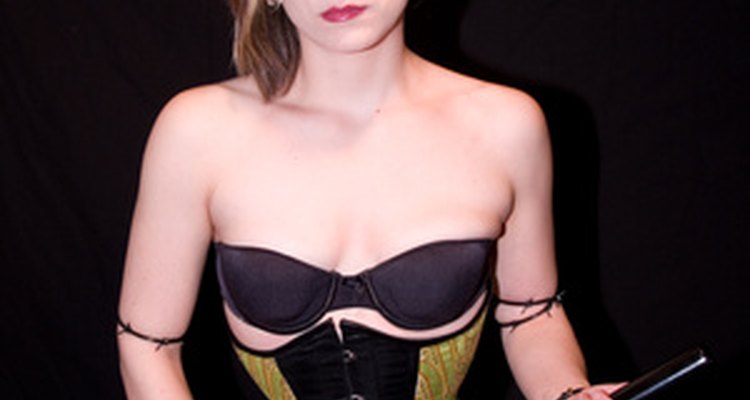
Breast forms, which are prosthetic devices made to simulate natural breasts, are commonly worn by women, male cross-dressers and transgendered individuals to fill out the shape of conventional women's clothing. Most corsets are constructed to resemble the shape of natural breasts. Wearing a constricting garment with breast forms can be tricky unless you know how to do it. Fortunately, choosing the correct corset makes a difference in how easy it is to wear with your forms.
Effects
The combination of well-placed breast forms and a corset provides a more curvaceous look, both for biological women and for men interested in achieving a more feminine shape. But if the corset presses on the forms, they may become displaced, or bulge in ways that natural breasts do not. This can be an especially difficult problem for women who wear only one breast form due to having had a single mastectomy. They often find that their prosthetic breasts react differently to the pressure of a corset than would their natural breast.
Types
The most common corsets in modern wear cinch the waist, and come in overbust and underbust styles. Underbusts do not cover the breasts, and are the most comfortable to wear with breast forms. You can wear them with your favorite bra, and use your forms as usual. Overbust corsets often provide a push-up effect, and may cause irregularity of the forms. If you want to buy an overbust corset, you should have it custom-made or try it on with the forms you intend to wear. If you can, wear the corset for a short time before making the purchase.
Considerations
Most off-the-rack corsets are made for a standard body shape and have a B/C cup. People with nonstandard proportions may have trouble getting a good fit with a mass-produced corset. Genetically, male corset wearers may find that their shorter rib-to-hip area prevents them from lacing the corset as tightly as they wish to. Women with a larger natural bust may have difficulties with “spill over.” A custom-made corset is more expensive, but will fit better and be more comfortable.
Misconceptions
Many people believe that corsets are fundamentally painful or unhealthy. But the short-term wearing of a well-fitted corset has no lasting effect on the body although you may have to adjust between postures while wearing it. Some people even wear corsets to provide relief from back problems instead of a medical brace. If a corset is uncomfortable, it may be the wrong size or shape for your body.
Warning
Since corsets are constricting garments, they should be chosen carefully. If you intend to wear a corset for long periods of time, you should engage in waist-training activities. If you have muscle or nerve problems in your torso or shoulders, choose a custom-made corset from an experienced corsetier. You should also consult a doctor with experience dealing with corsetry. A poorly fitted corset could aggravate back problems, cause skin irritation with long-term wear or create posture problems.
Related Articles
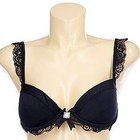
How to Increase Breast Size With Bra ...

What Bras Are the Best for a Big Chest ...
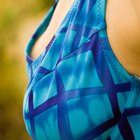
Differences in Bra Cup Sizes

How To Alter Bras
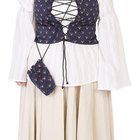
Difference Between Bodice and Corset

About Transgender Bras

The Difference Between Lee's Regular ...

How to Wear Silicone Bra Inserts

What Is the Average Breast Measurement?

How to Dress When You Have No Butt

How to Dress a Woman With Slim Hips
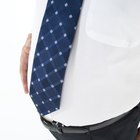
How Should Men With Big Stomachs Wear ...

The Best Formal Dress Style for Pear ...

How to Look Like You Have an Hourglass ...

Difference Between Boxer Briefs & Trunks
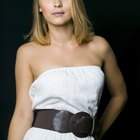
How to Dress to Hide a Thick Waist
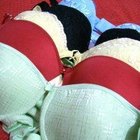
What Is a Plunge Bra?

What Kind of Body Types Do Levi's Jeans ...

The Best Dresses for Minimizing Your ...
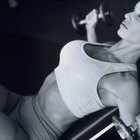
What Are the Benefits of Wearing a ...
References
Writer Bio
G.D. Palmer is a freelance writer and illustrator living in Milwaukee, Wis. She has been producing print and Web content for various organizations since 1998 and has been freelancing full-time since 2007. Palmer holds a Bachelor of Arts degree in writing and studio art from Beloit College in Beloit, Wis.
Photo Credits
portrait image by Cora Reed from Fotolia.com